The Digital Specimen Museum of Traditional Chinese Medicine is a key platform developed by the Zhejiang Provincial Institute for Food and Drug Inspection, serving as a regulatory exchange platform for traditional Chinese medicine, a cultural heritage platform, and a public health information platform. It aims to provide technical inquiries about Chinese medicinal materials, business communication functions, medication safety consultation, and identification services with physical photographs.
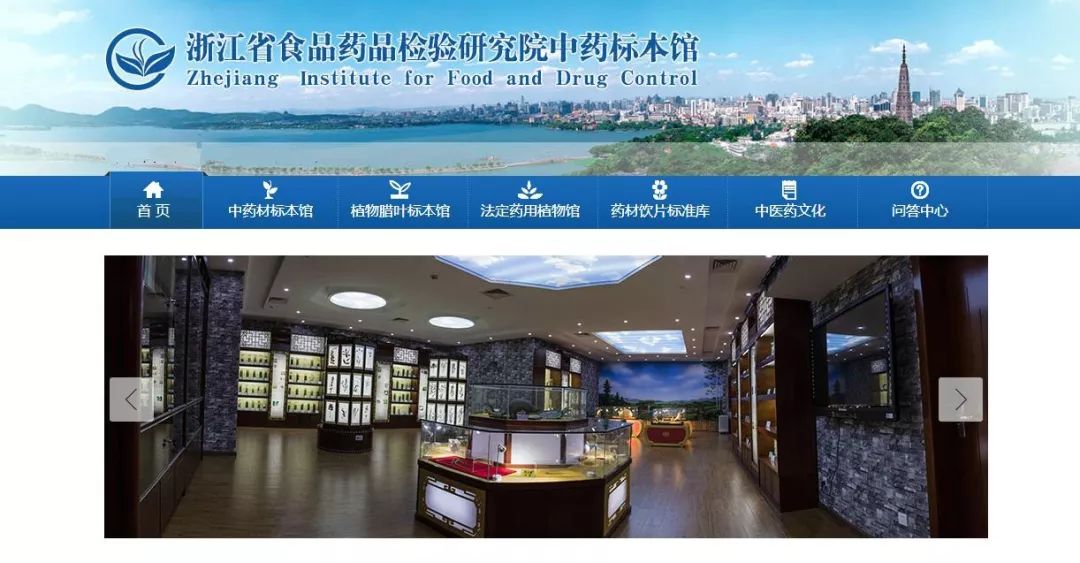
The “Traditional Chinese Medicine Culture” section is an important component of this platform. Zhejiang Yaowen has launched a series of broadcasts on traditional Chinese medicine culture to promote public understanding of TCM and enhance the health and quality of life of the population.In the history of Chinese medicine, there are two major works on natural pharmacology: the “Essentials of Materia Medica” published in 1505 and the “Compendium of Materia Medica” published in 1595, both of which are monumental.——Joseph Needham
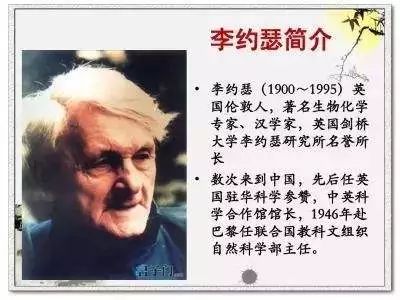
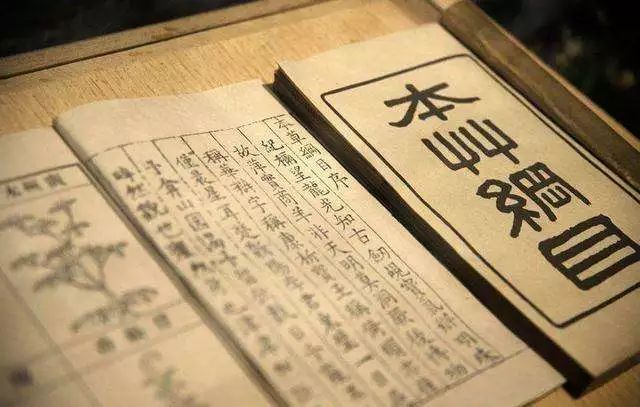
The “Compendium of Materia Medica” was written by the famous pharmacologist, physician, and naturalist Li Shizhen during the Ming Dynasty, and is hailed as the “Great Classic of Oriental Pharmacology.” This book is a monumental work in pharmacology, compiled over several decades based on the achievements of pharmacology prior to the Ming Dynasty, with extensive verification.The entire text consists of approximately 2 million words, 52 volumes, covering 1,892 medicinal substances, with 374 new additions, and over 1,000 illustrations, making it an unprecedented masterpiece in Chinese pharmacology.
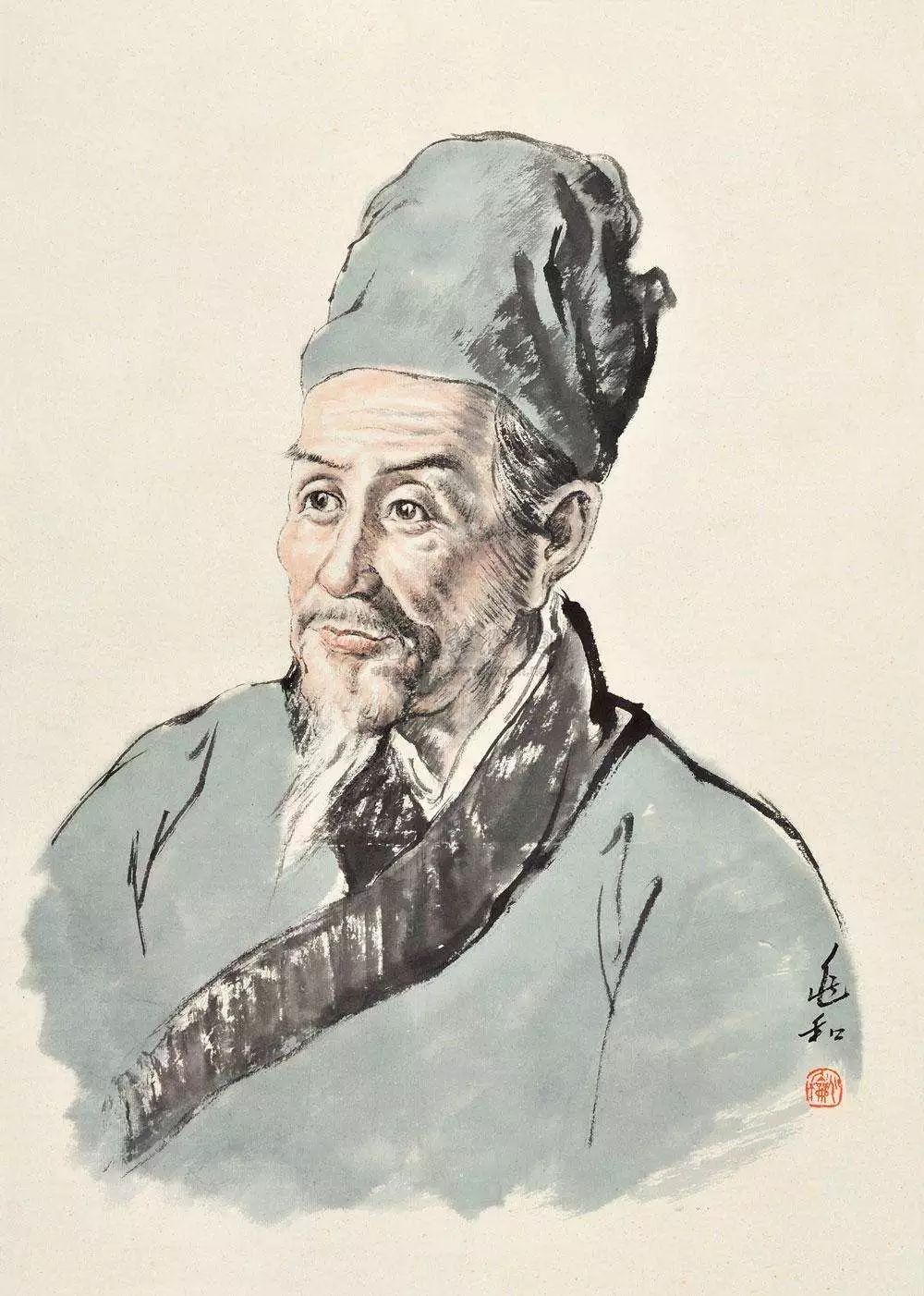
The “Compendium of Materia Medica” embodies the highest achievements of ancient Chinese medicine and is an inexhaustible treasure trove of Chinese medical knowledge, renowned as the “Ocean of Medicine” and the “Comprehensive Classic of Natural Philosophy.” Its content is extremely broad, achieving significant accomplishments in biology, chemistry, astronomy, geography, geology, mining, and history, making it a work of global influence in natural history.Since its publication, it has maintained an unparalleled position in ancient Chinese pharmacology, becoming the largest and most comprehensive work in the history of Chinese pharmacology, and has been referred to as the “Encyclopedia of China” by British biologist Charles Darwin, becoming an essential text sought after by generations of physicians and scholars.
Jinling Edition
The Jinling edition, published in the 18th year of the Wanli reign, is the earliest existing version of the “Compendium of Materia Medica” in the world.This version has now become a world treasure, with very few copies remaining.The Jinling edition is recognized as the original version (or mother version) of all subsequent editions of the “Compendium of Materia Medica.”
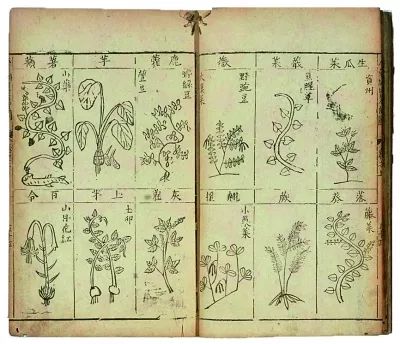
Jiangxi Edition
In the 31st year of the Wanli reign (1603), due to the initial poor quality of the Jinling edition and its limited circulation, the Jiangxi governor Xia Liangxin reprinted it based on the original Jinling edition. This version largely retains the original appearance of the Jinling edition and serves as the foundation for various editions from the late Ming to early Qing dynasties.The Jiangxi edition is an official edition, with superior paper and ink compared to the Jinling edition, and significant improvements in both engraving and illustrations, leading to its wider circulation.
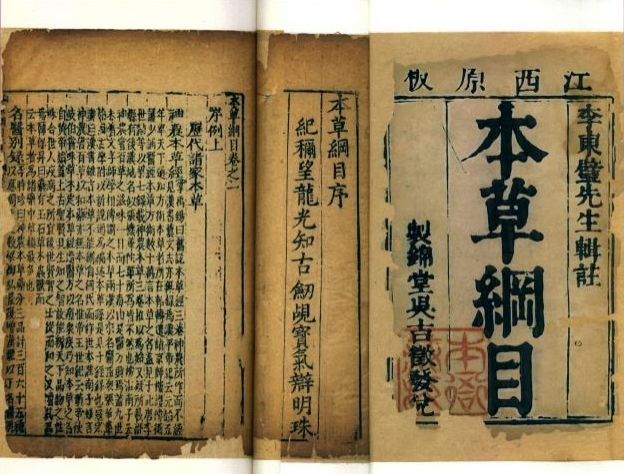
Qian Edition System (Hangzhou Edition, Liu You Tang Edition)
In the 13th year of the Chongzhen reign (1640), the Hangzhou edition was engraved by Qian Weiqi from Wulin at Liu You Tang, with revised illustrations of medicinal substances, and the Taihe Tang edition by Wu Yuchang in the 12th year of the Shunzhi reign (1655). The Qian edition underwent careful proofreading compared to the Jiangxi version, resulting in a meticulously printed edition that corrected many original errors, although it also introduced some new mistakes.
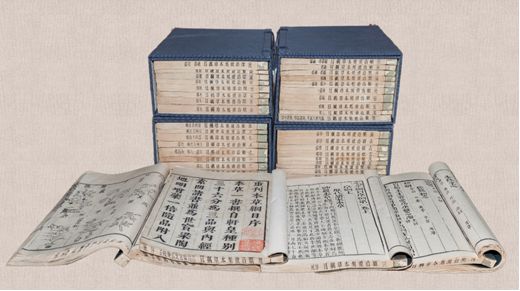
The above image is the
Shunzhi Reprint Edition
Zhang Edition System (Hefei Edition, Wei Gu Zhai Edition, Guangxu Zhang Edition)
In the 11th year of the Guangxu reign (1885), the Wei Gu Zhai edition was published under the supervision of Zhang Shaotang, who spent a fortune to have new illustrations created, primarily based on the Jiangxi and Qian editions, and combined with the “Supplement to the Compendium of Materia Medica.” Due to its excellent engraving and relatively recent printing, it became very popular.
Huaxia Edition
The “Compendium of Materia Medica: Annotated Edition” published by the People’s Health Publishing House from 1975 to 1981 was based on the Jiangxi edition, with careful proofreading resulting in over 12,600 annotations correcting numerous errors in the original text. It won the first prize for ancient book editing in the national competition and was nominated for the National Book Award, with over 300,000 copies distributed, making it the most widely circulated version.
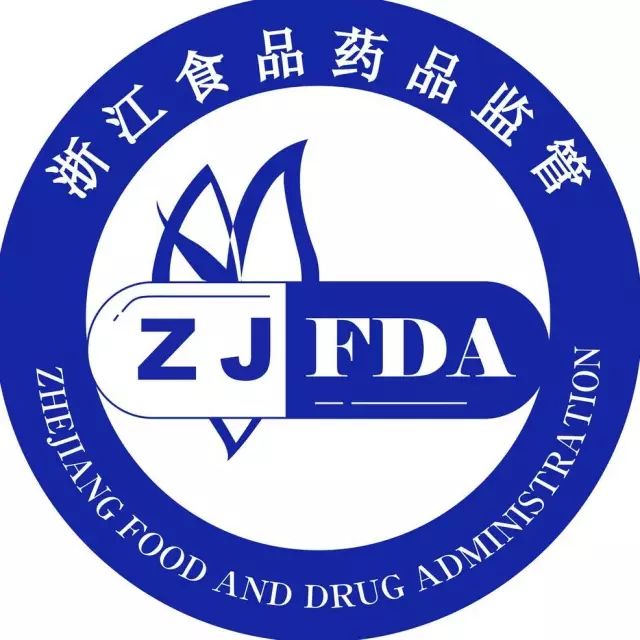 Zhejiang Provincial Drug Supervision AdministrationPromoting Knowledge of Drugs and Medical Devices, Delivering Regulatory Updates to Ensure Public Safety in MedicationWeChat ID: zjspypjg
Zhejiang Provincial Drug Supervision AdministrationPromoting Knowledge of Drugs and Medical Devices, Delivering Regulatory Updates to Ensure Public Safety in MedicationWeChat ID: zjspypjg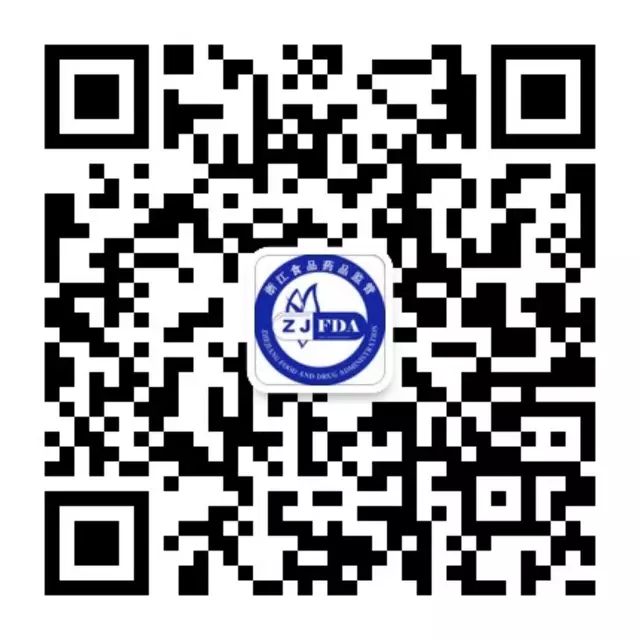 Long press the “QR code” above to subscribe.
Long press the “QR code” above to subscribe.

